Iranian shrimp, renowned for its premium quality and exceptional taste, is recognized as one of the most valuable seafood export products of Iran. Cultivated in the warm waters of the Persian Gulf and the Sea of Oman, this seafood stands out globally in terms of size, texture, and flavor—thanks to Iran’s unique geographical conditions and advanced aquaculture technologies. Iranian shrimp is produced in various types such as Vannamei, Indian White, and Banana shrimp, each offering distinct characteristics. For instance, Vannamei shrimp is highly favored in international markets due to its rapid growth and strong disease resistance.
Iranian shrimp meets all international quality standards, with production processes strictly supervised by health authorities. It is available fresh, frozen, peeled, or even in ready-to-cook packages, offering great flexibility for diverse buyer needs. Compared to imported alternatives, Iranian shrimp provides an economical option for importers due to its competitive production cost and high quality. Moreover, its nutritional benefits—including high protein, low fat, and rich Omega-3 content—make it an ideal choice for health-conscious consumers.
As one of the leading shrimp producers in the Middle East, Iran exports significant quantities of shrimp annually to countries such as China, Russia, the UAE, and Iraq. The product’s variety in size and packaging, along with international certifications like HACCP and ISO, has earned the trust of global buyers.
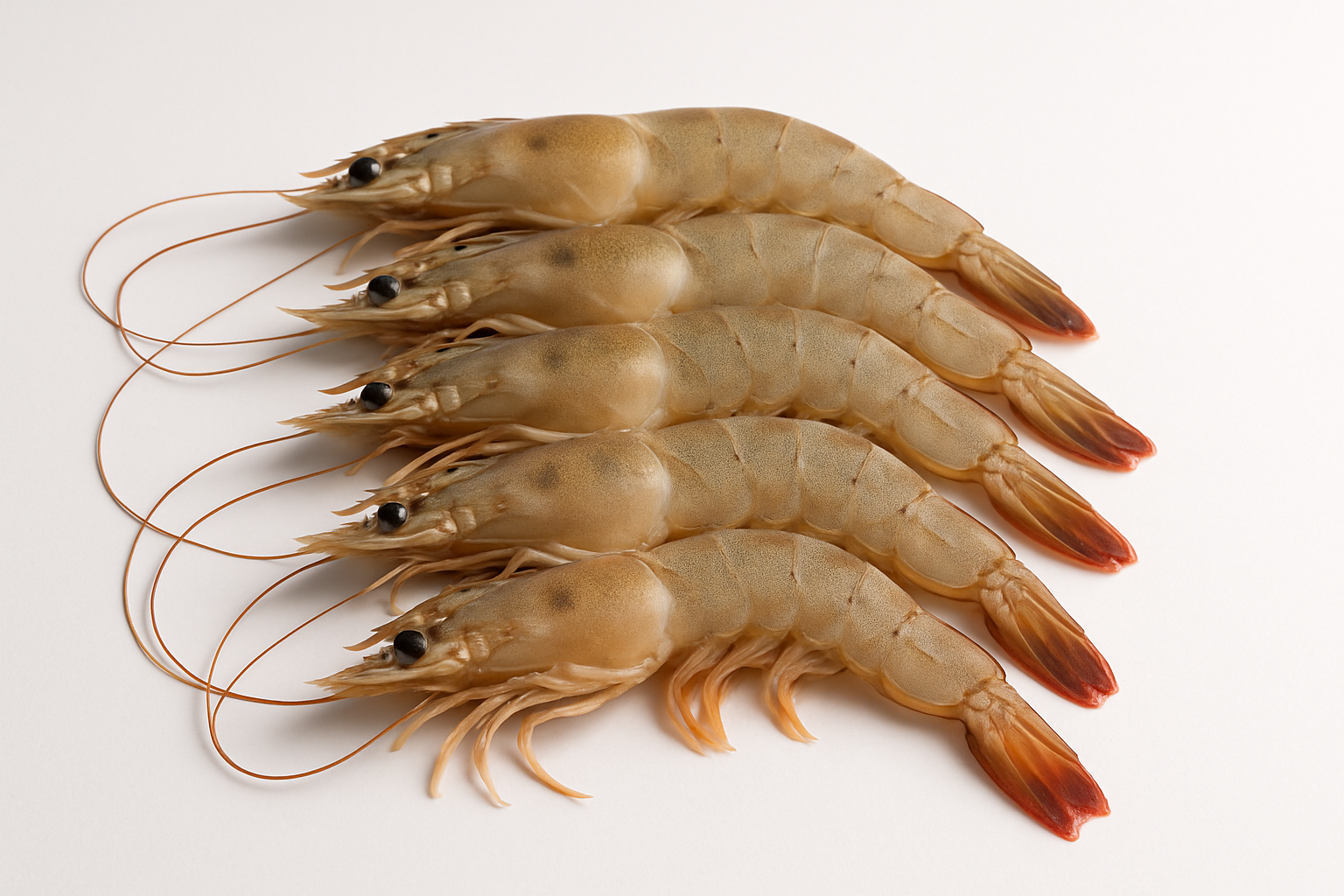
Iranian Shrimp: The Red Gold of Global Seafood Markets
Iranian shrimp is not only considered a luxury food product, but also a high-value economic asset with a prominent place in international trade. Produced in southern provinces such as Bushehr, Hormozgan, and Sistan-Baluchestan, this product has become one of Iran’s most in-demand exports due to its outstanding quality and variety.
Main Types of Iranian Shrimp and Their Unique Features
Iranian farmed shrimp is mainly produced in three key varieties:
-
Vannamei (Litopenaeus vannamei): Accounting for over 80% of Iran’s shrimp production, this species is globally preferred for its fast growth (ready for harvest in ~120 days) and high meat yield (up to 65% meat-to-body ratio).
-
Indian White (Fenneropenaeus indicus): A native shrimp of the Persian Gulf known for its sweet taste and soft texture, highly popular in Gulf countries such as the UAE and Oman.
-
Banana Shrimp (Fenneropenaeus merguiensis): Known for its large size and pinkish hue, commonly exported fresh to European and Russian markets.
Production Process & Quality Standards
Shrimp farms in Iran are equipped with advanced aeration systems, continuous salinity and temperature monitoring, and use of organic feed. These factors significantly reduce microbial contamination and extend product shelf life. After harvest, the shrimp is frozen using IQF (Individually Quick Frozen) technology at ultra-low temperatures to preserve its natural taste and texture.
Key Export Markets for Iranian Shrimp
-
China: As the world’s largest consumer of shrimp, China imports over 2,000 tons of frozen Iranian shrimp annually. Competitive pricing and convenient 2–5 kg packaging are major draws.
-
Russia: Due to EU sanctions, Russia increasingly sources shrimp from Iran as a cost-effective alternative.
-
Iraq & UAE: High demand for fresh, peeled shrimp in luxury restaurants and 5-star hotels in these countries presents a lucrative export opportunity for Iran.
-
Turkey & Afghanistan: These countries often purchase Iranian shrimp in bulk and re-export it after repackaging to Eastern European markets.
Competitive Advantages of Iranian Shrimp
-
Lower Price than Indian and Ecuadorian Shrimp: Owing to lower wages and production costs.
-
Flexible Packaging Options: From 1 kg retail packs to 20-ton bulk pallets, tailored to buyer requirements.
-
International Certifications: Including EU Health Certificate, HALAL, and FDA, facilitating access to strict markets such as Malaysia and Indonesia.

Applications of Iranian Shrimp in the Food Industry
Iranian shrimp is widely used in:
-
Ready-made seafood meals such as breaded or cheese-stuffed shrimp.
-
Raw material for soups, sauces, and seafood-flavored products.
-
Chain restaurants for pasta, paella, and seafood salads.
Successful Export Strategies for Iranian Shrimp
Based on buyer behavior analysis, Iran Store recommends the following strategies for importers:
-
Free Sample Before Contract: Ensure product quality through initial testing.
-
Flexible Payment Terms: Options including LC, TT, and even barter trade with strategic goods.
-
Reliable Logistics: Direct sea and air freight to key destinations to avoid delays.
Conclusion & Next Steps
Iranian shrimp, with its combination of global-grade quality and competitive pricing, offers impressive profitability for importers worldwide. Iran Store, as the official representative of Iran’s top shrimp producers, is ready to provide free consultation, up-to-date pricing, and logistics coordination to meet your needs. Contact our team through the numbers listed on our website or fill out the inquiry form today to receive custom quotes and product samples. With Iran Store, experience the rewarding journey of profitable shrimp trade!


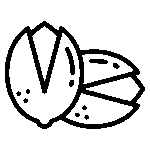
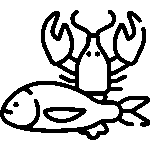








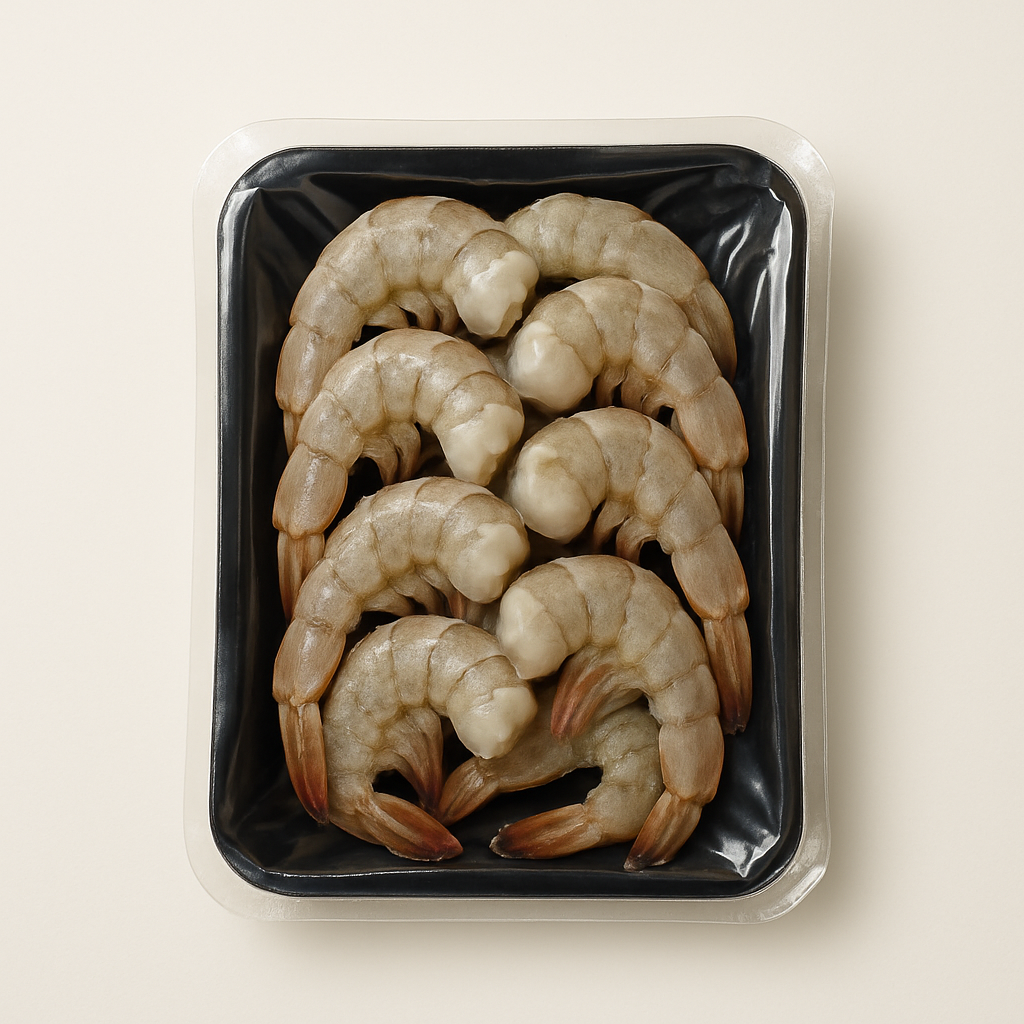
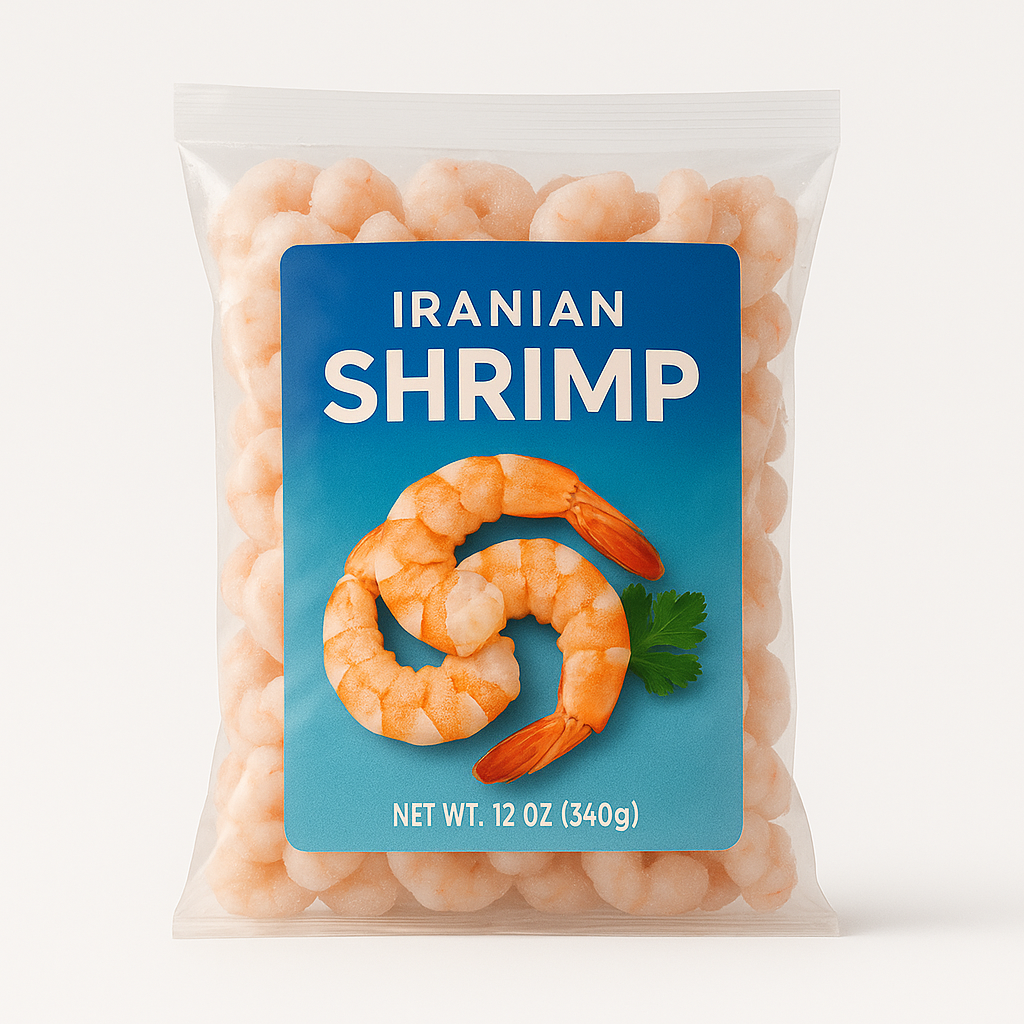

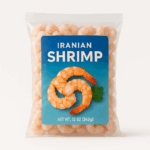

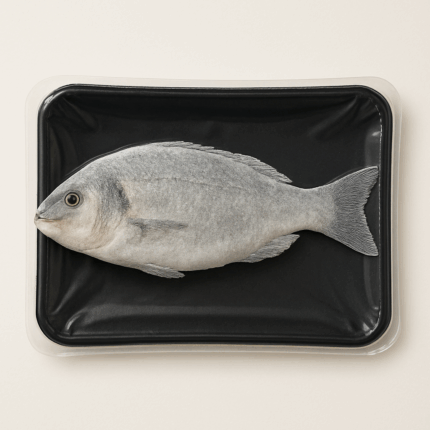
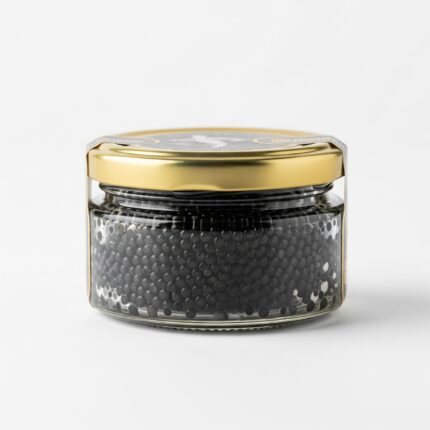
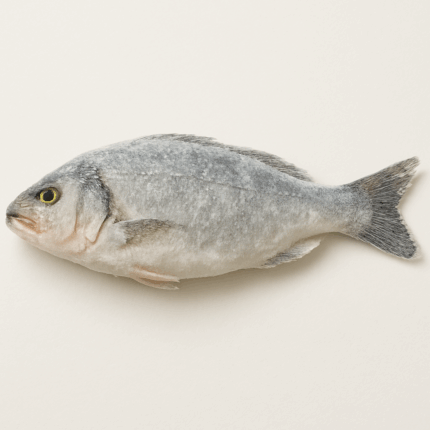
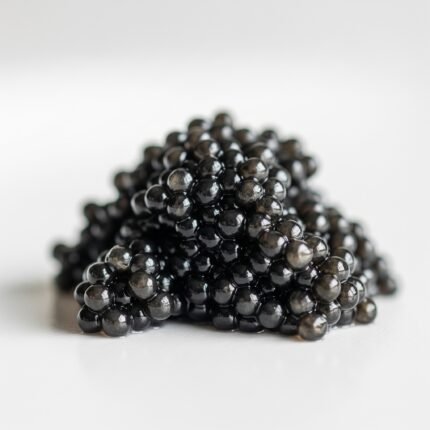
Reviews
There are no reviews yet.